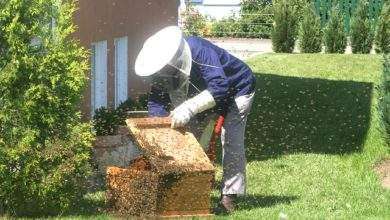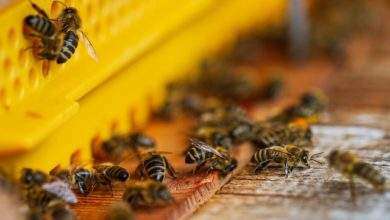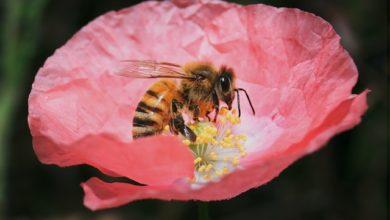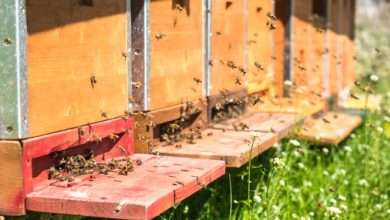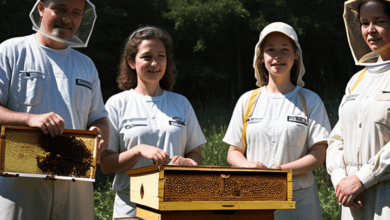Long Langstroth Hive
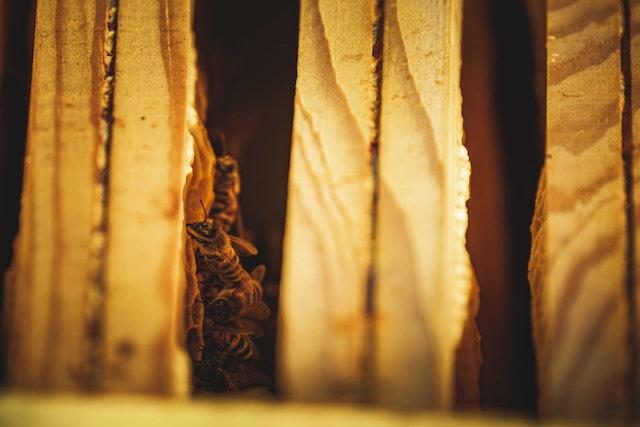
The Long Langstroth hive is made to have all the benefits of a top bar hive and none of the disadvantages. It is also made to benefit from standard equipment, making the frames transferable from a conventional Langstroth deep or nucleus hive.
The Langstroth Hive is the type of beehive that is used the most frequently in the United States. It is made up of multiple square boxes of different heights and was created by Rev. L. Langstroth in the middle of the 19th century.
More boxes are added by beekeepers when the colony expands and requires more room. By the conclusion of the season, a Langstroth hive may get fairly large and tall.
Wooden frames house sheets of beeswax foundation inside each box. These act as a guide to help the bees construct comb inside the frames. When done correctly, the beekeeper is able to remove the frames and examine the colony for illness or other issues.
Large colonies can be housed in these hives, which are very simple to stack and move. They become popular among beekeepers who migrate and make honey because of this.
Horizontal (Long) Langstroth Hives
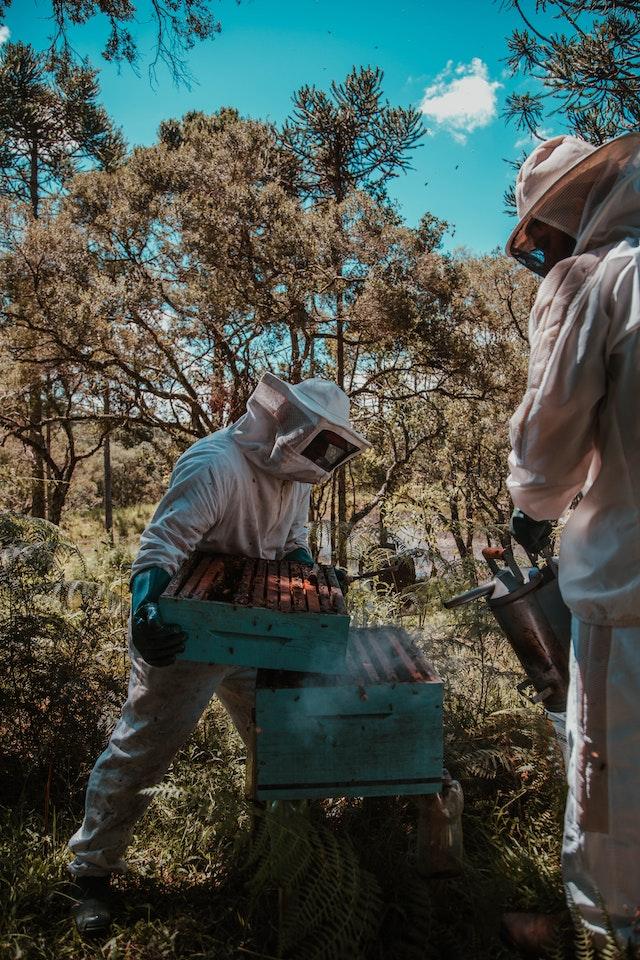
A beekeeper can have a little bit of everything with “Long Langs.” The colony is kept in a single long box rather than a stack of square boxes. The fact that the long Langstroth hive uses standard deep hive frames is one of its best qualities. Additionally, they will fit in typical hive boxes.
The brood nest can now be easily moved during hive inspections, which is fantastic. Because everything is the same size, sharing frames with different hives is also simple.
Horizontal hives are widely utilized throughout Europe but are less popular in the United States. Due to its simplicity and ability to use organic beekeeping techniques, this form of the beehive has recently gained popularity. Aside from that, backyard and city beekeepers love using horizontal hives.
A horizontal hive might be one of three main forms. The Layens hive, a Langstroth hive with a horizontal or long frame, and a top bar are some examples. The many horizontal hives will be discussed in this article, along with the Langstroth and some of the horizontal hives that are now for sale.
Horizontal hives are single-story hives that widen the box to contain more bars or frames, as opposed to Langstroth hives, which are vertically stacked hives. Horizontal hives sit at waist level when mounted on a hive stand, which makes them convenient for working on.
Not having to do any hard lifting is the main advantage of horizontal hives. You must raise boxes weighing at least 50 pounds in classic Langstroth hives in order to reach the frames below. You will only need to lift the frames while working with horizontal hives.
Horizontal/ Long Langstroth Hive
A long wooden box made of wood makes up the horizontal or long Langstroth hive, which can contain at least twice as many frames as a typical Langstroth box. It is simple to move over and should not be difficult to locate replacement components because the long Langstroth hive employs the same frame as conventional Langstroth hives.
You could say that the Long Langstroth hive has some of the advantages of a top bar hive while also having the benefit of employing common tools. The foundation of a frame might be used or not. There will be two to three inner covers on the hive’s interior, allowing you to only open up a portion of it at once.
The horizontal hive offers some huge benefits even though it utilizes many of the same parts as the Langstroth hive. A few of these benefits are:
• Heavy lifting is not needed for horizontal hives.
• The horizontal hive contains just identical-sized frames.
• Frames are not necessary for top bar hives.
• Appropriate for winter
• An effective spring build-up.
• The queen can continue to lay without interruption in the long Langstroth hive’s larger frames.
• During the season, the colony will grow at its rate in horizontal hives since they are self-regulating.
Horizontal Hives for Sale
It can be challenging to find horizontal hives for sale because they are not common in the United States. Online orders for top bar hives can be made at Mann Lake and Bee Built.
Because there are fewer parts and simpler machinery involved, horizontal hive management is easier than traditional Langstroth hives. To access the frames below, you don’t need to take apart any tall, hefty boxes. Instead, all of the frames are at waist height.
As the queen will only lay her eggs in the brood nest, which is naturally divided on one end of the hive, workers will store honey on the other end, eliminating the need for a queen excluder in horizontal hives.
It follows that the brood nest won’t need to be disturbed when honey is harvested. Furthermore, compared to Langstroth hives, horizontal hives don’t need as many inspections because they can regulate themselves. The colony will spontaneously expand when it is ready because the hive has numerous frames.
Summary
The number of frames in a horizontal hive, which is a long wooden box, is double that of a Langstroth hive. Layens, Long Langstroth, and Top Bar hives are examples of horizontal hives. The horizontal hive has the advantages of not requiring heavy lifting and requiring little management.
Although there are a few websites that sell them, it might be challenging to locate horizontal hives for sale. Those who desire to construct their own long Langstroth hive can get free designs online.
Information on Long Hive management that is crucial:
Please bear the following in mind when you construct the hive:
1. The honey will be placed behind the brood nest, which the bees will construct in the front. The entry MUST be towards the end, not the center. The honey and brood nest will be divided if it is in the middle, making it difficult for the bees to reach all of it over the winter.
2. To ensure optimum airflow, ventilation holes must be bored through the midrib of the hive lid. The time to do this is during assembly.
3. We utilized notched inner coverings to put the hive together. These are made such that the bees can enter the hive directly when they are rotated in one direction, but when they are turned the other way (over), they must utilize the inner cover hole.
In order to help the bees more easily defend entrances, we turn these “right side up” in the summer so that they must enter through the inside cover holes. We flip the inner coverings over for the winter so that we can place insulating blankets on top while allowing the bees to continue using the notches for backup entrances and winter ventilation. The inner covers are positioned in the hive so that they are sandwiched between the body and roof.
4. In order to produce a straight comb, the hive must be set up on a level pad. After leveling the playground sand and setting patio blocks on top of it as a basis, we utilized it on a section of ground that we had cleared and made rather level.
5. Place the hinges and latches in the appropriate places based on the side you want to open the hive from. Consider your surroundings, including any impediments, as well as the direction the hive’s entrance will be facing.
Advantages
• Using horizontal beehives in your apiary has certain undeniable benefits, as is clear to observe. This method of managing honey bees is seen by some beekeepers as being more organic. Additionally, there are benefits.
• No need to lift bulky boxes
• Foundation is not necessary.
• Fewer items to store
• Boxes of honey sometimes referred to as “supers,” can become exceedingly heavy. A fully loaded box may weigh anywhere from 50 to 100 pounds. Some beekeepers find it difficult to do this strenuous work. For hive inspections, not having to move cumbersome boxes is a major benefit.
• Some of these hives permit the bees to construct comb from sustaining upper bars. There is no foundation set up to act as a reference. The beekeeper will spend less time and money as a result.
• The additional boxes (honey supers) in a typical beehive are taken out of the hive during harvest. Until the following season, these need to be kept somewhere. Normally, a long hive doesn’t have honey supers.
Disadvantages
• Even long hives have various flaws and shortcomings; no modern hive is ideal.
• An increase in the number of inspections
• Honey harvesting is not as simple.
• Queen excluder not required
• The whole hive is heavier and more difficult to transport.
• Inspections of horizontal hives are often more frequent because of the design of the brood nest. The major purposes of this are to provide the queen space to lay her eggs and to thwart the urge to swarm.
• It is more challenging to walk sideways through enormous honey frames when the colony feels congested. Beekeepers that use horizontal hives aid the bees by keeping an eye out for overcrowding.
• Honey is often collected in little frames in apiaries. They are light and simple to handle. The empty wax comb left behind from honey extraction is frequently kept for later use by the colony.
• Extraction is not possible in horizontal hives with only top bars. Each season, the colony must completely rebuild its honeycomb, and the beekeeper must apply the cut and strain technique. The absence of a queen excluder may be advantageous, but it also increases the likelihood that your honey contains more bee brood.
• The beekeeper with a horizontal hive finds it simpler to complete daily activities in the hive yard. You can’t open the box below to look inside by moving the hefty one. The hive cannot be divided into numerous sections if you need to relocate the entire thing, though. The complete hive weighs a lot.
Horizontal Vs. Vertical Beehives
The best hives are what everyone seeks for their bees. Which beehive design is preferable in the debate between horizontal and vertical beehives?
I do not think there is a simple solution, as there is with most issues pertaining to honey beekeeping. Depending on your beekeeping objectives, to some extent. The classic Langstroth hives should be used if producing honey is your primary goal in keeping bees. In the typical setup, controlling the production of honey is significantly simpler.
Both kinds of hives are suitable for people who want to keep bees for entertainment or garden pollination. There are some beekeepers who firmly believe that the horizontal hive is more natural. Because bees in trees grow up and down, not out and back, I’m not sure I agree with you.
But there are some benefits to this beekeeping approach, in my opinion. If the beekeeper is capable of taking on the challenge of more direct management.
I advised novice beekeepers to stick with the typical Langstroth hive for a couple of seasons. Then you might choose to experiment with other hive management strategies. Going it alone is more difficult unless you have a local mentor with practical experience who is experienced with lengthy hives.
FAQ

How many frames are in a long Langstroth hive?
It has strong walls that are bee-friendly, durable, and provide excellent insulation, and it takes 31 regular deep frames. There are no mice or possums to be concerned about and easy hive visits thanks to the high legs.
Why use a long Langstroth hive?
For beekeepers with limited strength or mobility, this hive is more manageable because it only requires the lifting power of one full deep frame at a time. Because of the latch and hinged lid, it is easy for one person to remove the cover from the hive without exerting too much weight.
Do I need a queen excluder in a horizontal hive?
Since you run the risk of getting brood in your honey frames without using a queen excluder, the majority of people with long hives do so. If you plan to use flow frames in a horizontal hive, a queen excluder is unavoidably required.
